Filter by
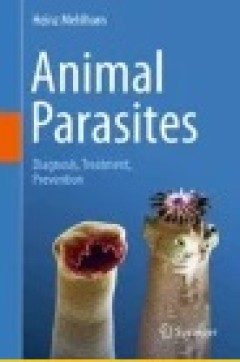
Animal Parasites: Diagnosis, Treatment, Prevention
This textbook focuses on the most important parasites affecting dogs, cats, ruminants, horses, pigs, rabbits, rodents, birds, fishes, reptiles and bees. For each parasite, the book offers a concise summary including its distribution, epidemiology, lifecycle, morphology, clinical manifestations, diagnosis, prophylaxis and therapeutic measures. Numerous informative tables and more than 500 color …
- Edition
- Ed. 1
- ISBN/ISSN
- 978-3-319-46403-9
- Collation
- XVII, 719
- Series Title
- -
- Call Number
- 616.96 MEH a
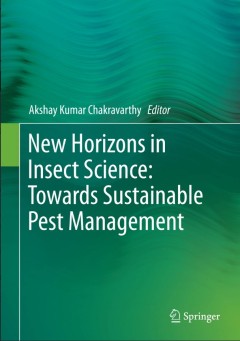
New Horizons in Insect Science: Towards Sustainable Pest Management
Insect science is fast changing as insects are evolving to a plethora of newer chemical molecules, climate change, management tactics and transformation of the landscapes. Through the International Conference, the editors have attempted to gather together newer aspects of Insect Sciences like Insect Taxonomy, DNA Barcoding, Physiology, Toxicology, Vectors and their Management, Molecular Biology…
- Edition
- 1
- ISBN/ISSN
- 978-81-322-2088-6
- Collation
- XXVII, 431
- Series Title
- -
- Call Number
- -
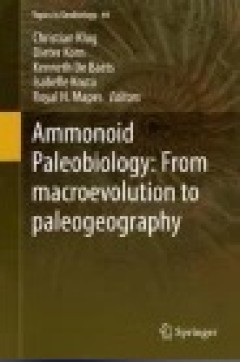
Ammonoid Paleobiology: From macroevolution to paleogeography
This two-volume work is a testament to the abiding interest and human fascination with ammonites. We offer a new model to explain the morphogenesis of septa and the shell, we explore their habitats by the content of stable isotopes in their shells, we discuss the origin and later evolution of this important clade, and we deliver hypotheses on its demise. The Ammonoidea produced a great number o…
- Edition
- Ed. 1
- ISBN/ISSN
- 978-94-017-9633-0
- Collation
- XXI, 605
- Series Title
- Topics in Geobiology
- Call Number
- 591 AMM a

Ammonoid Paleobiology: From anatomy to ecology
This two-volume work is a testament to the abiding interest and human fascination with ammonites. We offer a new model to explain the morphogenesis of septa and the shell, we explore their habitats by the content of stable isotopes in their shells, we discuss the origin and later evolution of this important clade, and we deliver hypotheses on its demise. The Ammonoidea produced a great number o…
- Edition
- Ed. 1
- ISBN/ISSN
- 978-94-017-9630-9
- Collation
- XXV, 934
- Series Title
- Topics in Geobiology
- Call Number
- 591 AMM a
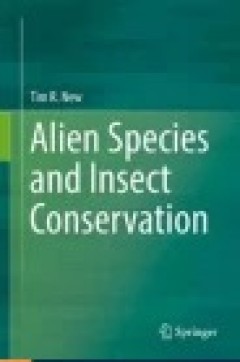
Alien Species and Insect Conservation
This overview of the roles of alien species in insect conservation brings together information, evidence and examples from many parts of the world to illustrate their impacts (often severe, but in many cases poorly understood and unpredictable) as one of the primary drivers of species declines, ecological changes and biotic homogenisation. Both accidental and deliberate movements of species are…
- Edition
- Ed. 1
- ISBN/ISSN
- 978-3-319-38774-1
- Collation
- XII, 230
- Series Title
- -
- Call Number
- 592 NEW a

Vertebrates and Invertebrates of European Cities:Selected Non-Avian Fauna
Vertebrates and Invertebrates of European Cities: Selected Non-Avian Fauna is the first known account of the vertebrate and invertebrate fauna of several cities in Europe and throughout the rest of the world. It excludes birds, which are described in a companion volume. The book contains eleven chapters about nine cities distributed throughout Europe. The chapters start with the history of the …
- Edition
- -
- ISBN/ISSN
- 978-1-4939-1698-6
- Collation
- XX, 700
- Series Title
- -
- Call Number
- -
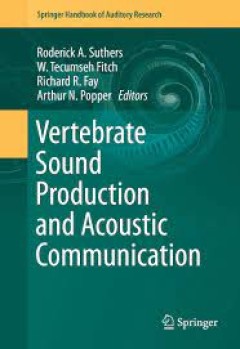
Vertebrate Sound Production and Acoustic Communication
Although the fundamental principles of vocal production are well-understood, and are being increasingly applied by specialists to specific animal taxa, they stem originally from engineering research on the human voice. These origins create a double barrier to entry for biologists interested in understanding acoustic communication in their study species. The proposed volume aims to fill this gap…
- Edition
- -
- ISBN/ISSN
- 978-3-319-27721-9
- Collation
- XVI, 328
- Series Title
- -
- Call Number
- -
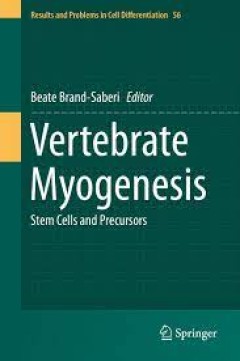
Vertebrate Myogenesis Stem Cells and Precursors
This book addresses the differentiation control of skeletal muscle in different locations of the vertebrate body Particular attention is paid to novel regulatory molecules and signals as well as the heterogeneity of origin that have revealed a developmental overlap between skeletal and cardiac muscle. Different functional muscle groups are the product of the evolution of the vertebrate classes,…
- Edition
- -
- ISBN/ISSN
- 978-3-662-44608-9
- Collation
- 2 b/w illustrations, 23 illustrations in colour
- Series Title
- -
- Call Number
- -
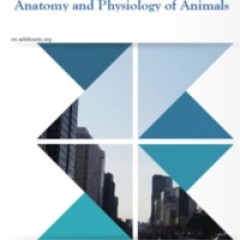
Anatomy and Physiology of Animals
after completing this section, you should know the: • symbols used to represent atoms; • names of molecules commonly found in animal cells; • characteristics of ions and electrolytes; • basic structure of carbohydrates with examples; • carbohydrates can be divided into mono- di- and poly-saccharides; • basic structure of fats or lipids with examples; • basic structure of pr…
- Edition
- -
- ISBN/ISSN
- -
- Collation
- -
- Series Title
- -
- Call Number
- 590 ANA

Advances in Insect Control and Resistance Management
This book covers advanced concepts and creative ideas with regard to insect biorational control and insecticide resistance management. Some chapters present and summarize general strategies or tactics for managing insect pests such as the principles of IPM in various crop systems and biorational control of insect pests, advances in organic farming, alternative strategies for controlling orchard…
- Edition
- Ed. 1
- ISBN/ISSN
- 978-3-319-31800-4
- Collation
- XI, 339
- Series Title
- -
- Call Number
- 591.5 ADV a
 Computer Science, Information & General Works
Computer Science, Information & General Works  Philosophy & Psychology
Philosophy & Psychology  Religion
Religion  Social Sciences
Social Sciences  Language
Language  Pure Science
Pure Science  Applied Sciences
Applied Sciences  Art & Recreation
Art & Recreation  Literature
Literature  History & Geography
History & Geography